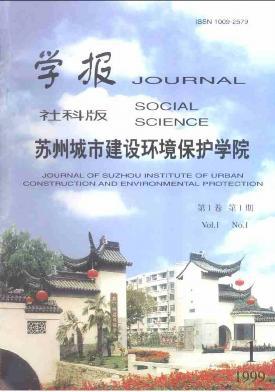Mathematical modelling as a tool for the assessment of impact of thermodynamics on the algal growth in dam reservoirs – case study of the Goczalkowice Reservoir
引用次数: 4
Abstract
Abstract Depending on climate conditions, bathymetry, basin morphology, management practices and other factors, some reservoirs are more or less prone to stratification, which can strongly affect both chemical and biological status of water. In the Goczalkowice Reservoir (the biggest dam reservoir in the south of Poland), water quality parameters, such as chlorophyll a concentration, change very dynamically. In the presented study, the Estuary, Lake and Coastal Ocean Model (ELCOM) was applied to simulate water thermodynamics in a period of summer and autumn when the highest concentrations of chlorophyll a were observed, based on the continuous water monitoring in the ZiZOZap project (Łaszczyca et al., 2011). The purpose of the application of ELCOM was to simulate the thermal stratification in the reservoir and to prepare a basis for analyses of the relationship between water thermodynamics and quality. Simulations allowed the identification of several short water mixing events in summer and the final mixing event at the end of summer. The study also included the first application of model results to analyse the relation of changes in water temperature with observed concentration of chlorophyll a (ChlA). Analysis confirmed that each water mixing event was followed by a significant increase in ChlA concentration.热力学对大坝水库藻类生长影响的数学模型评价——以戈恰尔科维奇水库为例
受气候条件、水深、流域形态、管理方式等因素的影响,一些水库或多或少容易发生分层,这对水体的化学和生物状况都有很大的影响。在Goczalkowice水库(波兰南部最大的水坝水库),水质参数,如叶绿素a浓度,变化非常动态。在本研究中,基于ZiZOZap项目(Łaszczyca et al., 2011)的连续水体监测,应用河口、湖泊和沿海海洋模型(ELCOM)模拟叶绿素a浓度最高的夏秋两季水体热力学。应用ELCOM的目的是模拟储层中的热分层,为分析水热力学与水质之间的关系奠定基础。模拟可以识别夏季的几个短水混合事件和夏末的最终混合事件。该研究还首次应用模型结果分析了水温变化与观测到的叶绿素a (ChlA)浓度的关系。分析证实,每次水混合事件之后,ChlA浓度都会显著增加。
本文章由计算机程序翻译,如有差异,请以英文原文为准。
求助全文
约1分钟内获得全文
求助全文

 求助内容:
求助内容: 应助结果提醒方式:
应助结果提醒方式:


